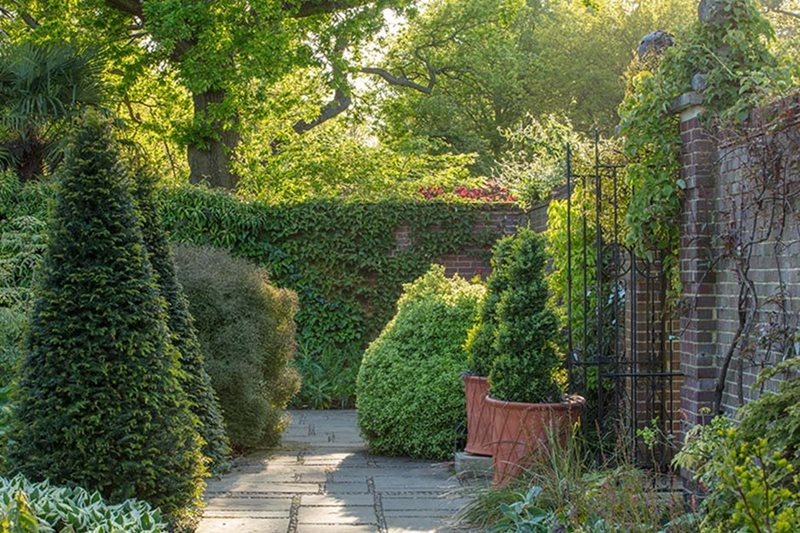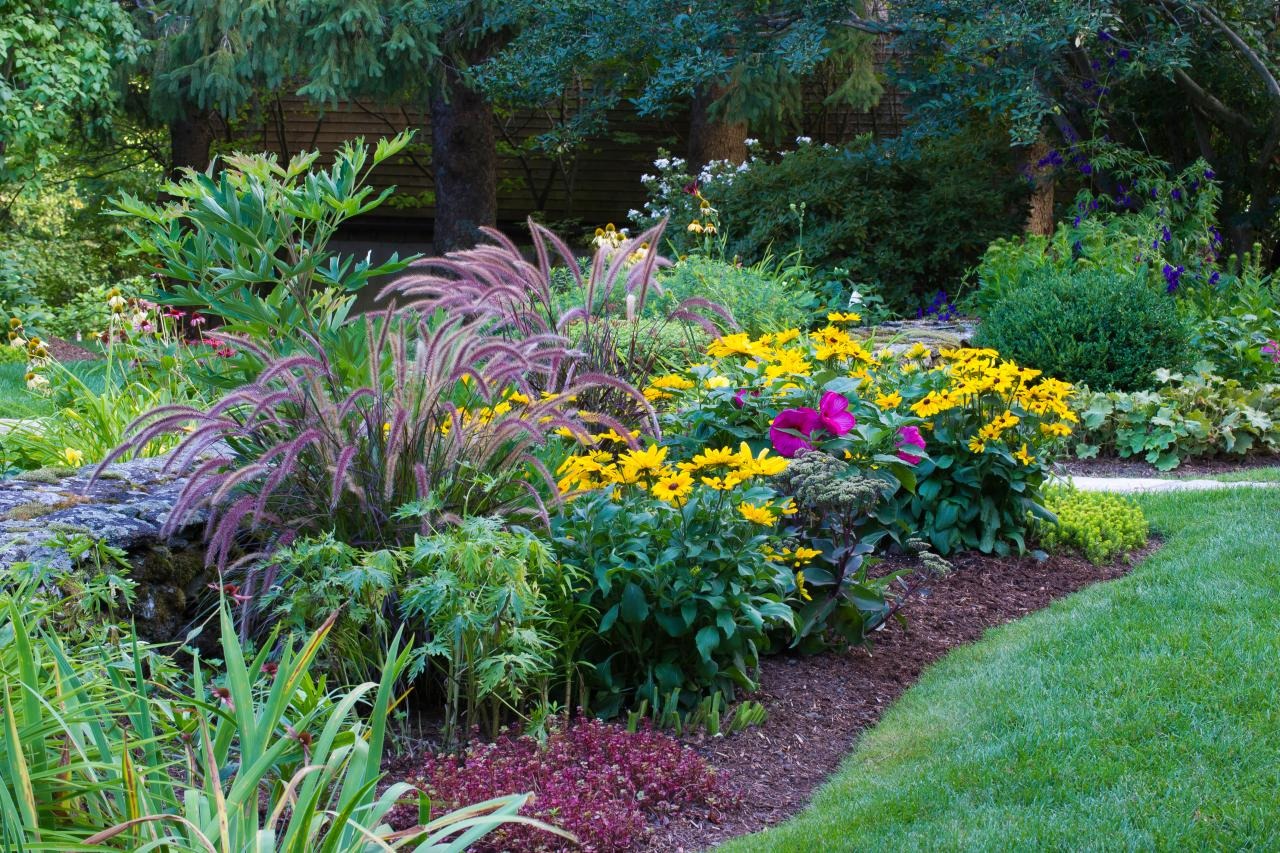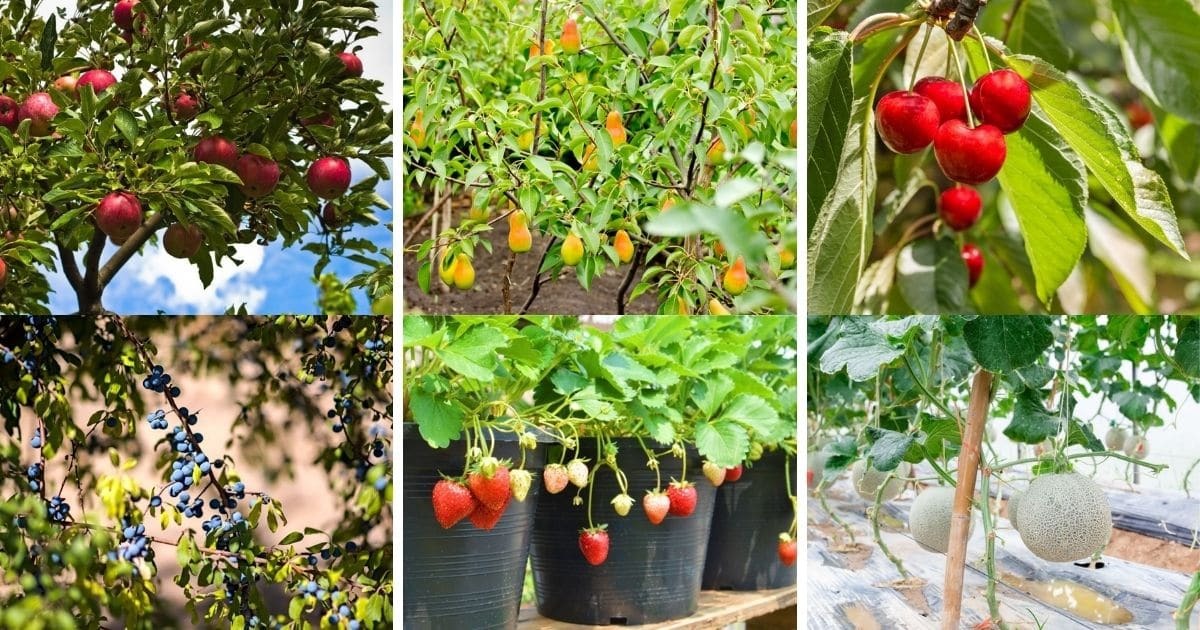For gardeners in the Northern Hemisphere, there are few places more complex than the areas along the walls facing north. While rooms located along the walls facing east and west receive at least a few hours of sunlight in the morning or afternoon, rooms located along the walls facing north receive almost no direct sunlight. This means that you need to choose plants that prefer shade or at least tolerate it. In addition, these spaces are often quite dry, which further limits your choices.
Fortunately, there are suitable plants in each category — bright annuals, flowering perennials, climbing plants, ground cover and shrubs -that will grow beautifully in the harsh environments created along the north-facing walls. Many of these plants are also sun-tolerant, which means that you can also plant them along the walls facing east and west.
Here are 11 good ornamental plant options to use in difficult shaded areas along north-facing walls.
01.Impatiens (Impatiens walleriana)
The ubiquitous impatiens is one of the most popular bedding plants for all shady places, due to its abundant flowering and long flowering season. Within a few years, impatiens have practically disappeared from garden centers due to a widespread fungal ailment, after blight, which has practically finished seed stocks. However, several ailment-resistant strains have recently been bred and impatiens is again a viable choice as a litter for shady gardens.
Impatient plants do well in almost complete shade, but they will also tolerate relatively sunny conditions if they are well watered.

A related plant, Impatiens hawkeri (Impatiens hawkeri), can also be grown in partial shade along the north-facing walls. It is a larger plant, from 12 to 18 inches, and its flowers are larger than those of a common tree. It is even more tolerant of sunny conditions.
02.Waxy begonia (Begonia semperflorens Cultorum group)
The group of plants of the genus Begonia, known as waxy begonias, is a plant with fibrous roots that forms mounds of fleshy, waxy leaves ranging from dark green to bronze with loose clusters of small flowers that bloom all season long. Small varieties grow to about 6 to 8 inches; larger varieties grow to 10 to 12 inches. Wax begonias are usually used as bedding, planted en masse or as a border.
Waxy begonia is a versatile plant that can work in full sun and partial shade. Space the plants sufficiently to improve air circulation and prevent fungal ailments.
03.Tuberous Begonia (Begonia Tuberosa Group)
Related, but very different in appearance, wax begonias are tuberous begonias. Unlike waxy begonias, these do not tolerate a lot of sunlight, but the huge leaves and large neon-bright flowers will brighten up shady places like no other flowering perennial. Tuberous begonias, often grown in pots, are also a good bedding plant in the right places — in dappled shade or reflected light.
Tuberous begonias reach 12 to 18 inches in height with the same spread. They bloom from July to September with bright colors that seem to glow in the shade. Tubers should be planted after the peril of frost has passed. Regular application of fertilizers will allow these plants to bloom profusely.
04.Common bleeding heart (Lamprocapnos spectabilis)
The common bleeding heart is an excellent perennial choice for rooms along north-facing walls. It is a medium-sized plant, 2 to 3 feet tall, which produces clusters of pink and white flowers along the curved stems in spring. In sunnier places, provide the plant with more water to compensate. Bleeding hearts are early-season plants that manifest themselves before the arrival of summer heat, and in warmer climates, the foliage of the plant will usually wither as summer approaches. In colder climates, a bleeding heart tolerates more sun.

05.Periwinkle or Creeping Myrtle (Vinca minor)
If you need something shorter than a perennial, such as a common bleeding heart, take a closer look at ground cover plants for areas along the north-facing walls. A popular species for shading is periwinkle, also known as creeping myrtle. Periwinkle forms a vine mat 3 to 6 inches tall, which blooms in May and June. It is an excellent ground cover plant around the bleeding heart and other perennials, as well as under shrubs and small tree specimens.
Regular fertilization will make the color of the green leaves brighter and make the plant grow. In some regions, periwinkle is considered invasive, so consult with local experts before planting it.
06.Lily grass (Liriope spicata)
The garden areas along the north-facing walls are often dry and shaded. These areas can be notorious for their dryness, as the eaves delay precipitation. The ideal plants for these areas are those known to grow well in dry shade. Liliturf is one of these plants, a herbaceous perennial reaching a height of 9 to 18 inches. Small flowers appear among the leaves from August to September, although liliturf is more appreciated for its grassy foliage.
Liliturf tolerates shady conditions well, although it grows better if it receives more sun. It should be mowed in early spring to encourage new growth.
07.Hosta (Hosta spp.)
A typical deciduous plant for shady places is Hosta, also known as plantain lily. Many species of Hosta are good slow-growing plants for your north side. An example of a fairly low variety is the Hosta variety “Patriot”. The largest variety is “Francis Williams”. Although the Hosta is not known for its flowers, the wide variety of green shades found in the leaves of different varieties makes it more than just a ground cover plant. The increase in sunlight can change the color of the leaves of some hostas species, and those with yellow leaves tend to be more tolerant to the sun.
Hostas are extremely easy to grow and maintain, although they can be damaged by slugs and snails, especially if the soil is heavily mulched. You can easily propagate new plants by dividing the root clods.

08.Bagnolet (Ajuga reptans)
Another ground cover that is resistant to a number of conditions is wild rosemary. This perennial will bloom best in sunny conditions, but it creates an excellent shady ground cover, growing 6 to 9 inches and growing quickly in a thick carpet. Blue flowers appear in May and June under favorable conditions, but this plant is more remarkable for its shiny dark green or bronze leaves.
09.Hydrangea anomala ssp. petiolaris)
If you want to grow climbing plants against a north-facing wall, you have a narrower choice, but the climbing hydrangea is one of the woody climbing vines that blooms beautifully, behaves well and feels great in shady places. This plant can grow up to 50 feet long and become a ground cover plant if it is not prepared for a trellis or a solid structure. White flowers appear from May to July.
A curly hydrangea can grow into a heavy and unruly plant, so be sure to provide it with a strong build if you expect it to climb.
10.TIS (Taxus spp.)
When it comes to choosing plants for plots along the north-facing walls, you have more options when it comes to shrubs, especially if you are content with beautiful foliage without flowers. YEW (Taxus spp.- needle-shaped evergreen trees, a classic choice for shade. The types used for landscape purposes are often Taxus x media hybrids and their height can vary from 2 feet to 20 feet, depending on the variety. These shrubs do not offer floral exposure, but they can give you beautiful berries (technically, arils).
These shrubs tolerate urban conditions well, but make sure that the soil is well drained, as they will die if they languish in moist soil.
11.Flowering quince (Chaenomeles speciosa)
Well-kept gardens usually include at least one flowering shrub or a small tree, and there is no reason why you cannot place it in garden spaces located along the north-facing walls. Flowering quince is incredibly easy to grow, it tolerates almost any soil well. The 6- to 10-foot-tall flowering quince is a dense, rounded shrub with spiny stems. It blooms from March to April with white or scarlet flowers that appear before the leaves bloom. The leaves are bronze-red when they open, ripen and turn dark green. The small fruits ripen red in the fall and are attractive to birds.



